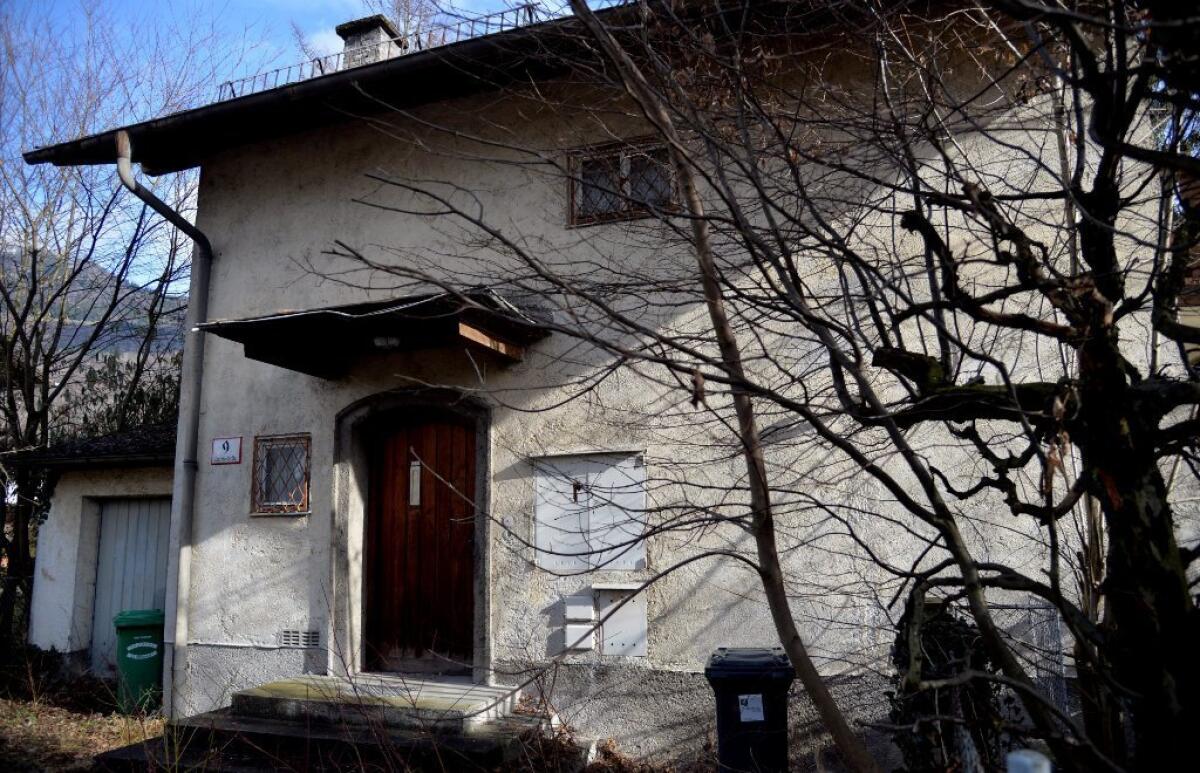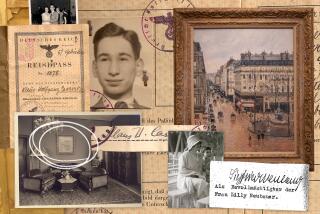Nazi art trove yields more hidden works, this time in Austria

- Share via
An additional 60 works of art have recently been recovered from the Salzburg, Austria, residence of Cornelius Gurlitt, the art dealer whose Munich apartment was found to hold a trove of artwork believed to have been seized or improperly acquired by the Nazis during World War II.
The stash revealed last October included art and other material believed to number more than 1,400 individual items.
Gurlitt is the son of the Nazi-era art dealer Hildebrand Gurlitt. Many believe that the works of art that the younger Gurlitt was hiding came from Jewish owners who were forced to sell them to escape Germany or from museums that were required to deaccession art that was deemed “degenerate” by the Nazis.
PHOTOS: Arts and culture in pictures by The Times
Officials discovered the first stash in 2012 in Munich but kept their find under wraps until the German magazine Focus broke the news in October.
Reports from European news outlets said the art recently recovered from Gurlitt’s Salzburg residence include pieces by Picasso, Monet and Renoir.
Art experts in Germany have been working to authenticate and pinpoint the provenance of the hundreds of works recovered from Gurlitt to determine if they were in fact seized by the Nazis.
Images of art work from the hidden trove are available online at the Lost Art Database, a German site that focuses on works of art believed to have been seized during World War II.
ALSO:
Lift the veil from the Nazi art cache
Details emerge of masterpieces in Nazi art trove
Hoarder of suspected Nazi-looted art: I won’t ‘give back anything’
More to Read
The biggest entertainment stories
Get our big stories about Hollywood, film, television, music, arts, culture and more right in your inbox as soon as they publish.
You may occasionally receive promotional content from the Los Angeles Times.











